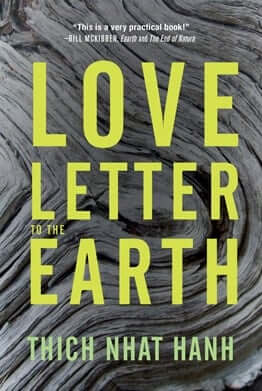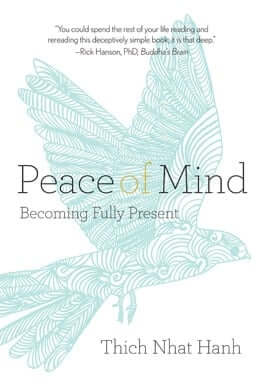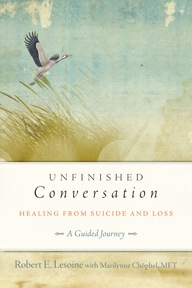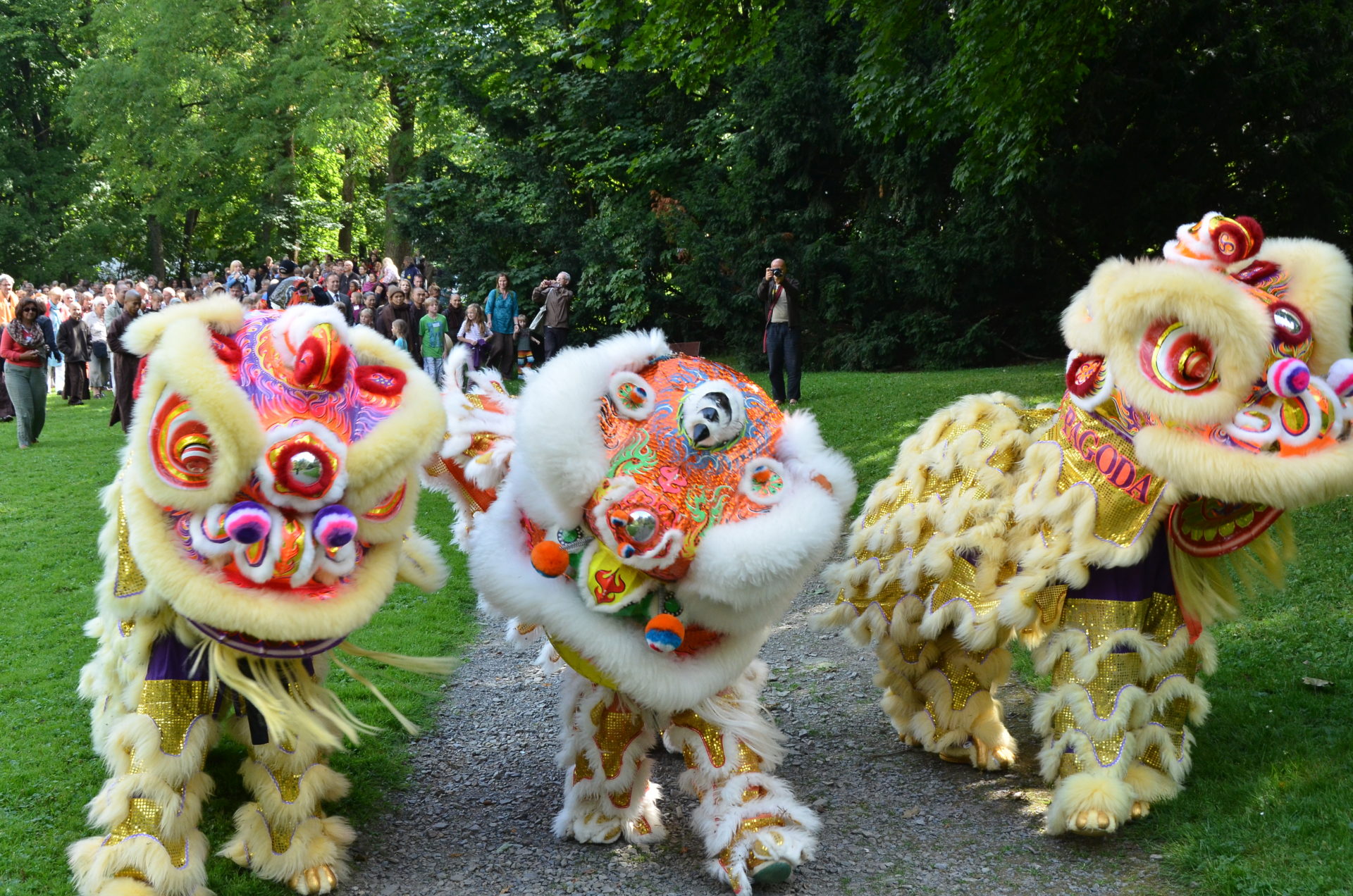
Love Letter to the Earth
By Thich Nhat Hanh
Softcover, 120 pages
Parallax Press, 2013
Reviewed by Karen Hilsberg
Love Letter to the Earth includes ten beautiful love letters that are poetic, deep, and inspirational. Thich Nhat Hanh explains how we can heal ourselves and the Earth. “We cannot wait any longer to restore our relationship with the Earth because right now the Earth and everyone on Earth is in real danger….

Love Letter to the Earth
By Thich Nhat Hanh
Softcover, 120 pages
Parallax Press, 2013
Reviewed by Karen Hilsberg
Love Letter to the Earth includes ten beautiful love letters that are poetic, deep, and inspirational. Thich Nhat Hanh explains how we can heal ourselves and the Earth. “We cannot wait any longer to restore our relationship with the Earth because right now the Earth and everyone on Earth is in real danger…. Only love can show us how to live in harmony with nature and with each other and save us from the devastating effects of environmental destruction and climate change.” According to Thay, by healing ourselves, we heal the Earth. He recommends walking meditation as a powerful tool for healing ourselves and the Earth simultaneously. Other practices for falling in love with the Earth include mindful breathing, deep listening, drinking and eating mindfully, and reciting the Five Contemplations before each meal.
Thay describes Mother Earth as a bodhisattva. “A bodhisattva is a living being who has happiness, awakening, understanding and love…. Anyone who cultivates love and offers a lot of happiness to others is a bodhisattva…. When we look at our planet, we know that the Earth is the most beautiful bodhisattva of all. She is the mother of many great beings. How could mere matter do all the wonderful things the Earth does? Don’t search for a bodhisattva in your imagination. The bodhisattva you are looking for is right at your feet.”
The calligraphy and writings in this book instill hope in the regenerative power of the Earth and in the potential Buddha nature in each living being. We all have the potential to take refuge in the Earth and to become awakened, Thay reminds us. As we practice mindfulness, “relaxation will come. When you are completely relaxed, healing will take place on its own. There is no healing without relaxation. And relaxation means doing nothing…. This is the practice of non-practice.”
Thay urges us to accept responsibility for what is happening to the Earth. “We need to realize that the conditions that will help to restore the necessary balance don’t come from outside us, they come from inside us, from our own mindfulness, our own level of awareness. Our own awakened consciousness is what can heal the Earth.” Thay invites us to join the revolution to “ease our suffering” and in turn to treat the Earth with love and respect.

Peace of Mind
Becoming Fully Present
By Thich Nhat Hanh
Softcover, 180 pages
Parallax Press, 2013
Reviewed by Karen Hilsberg
The thesis of Thich Nhat Hanh’s newly published book Peace of Mind: Becoming Fully Present is this: “The basis for healing is to be in touch with ourselves, with our bodies.” He explains how each of us can generate the energy of mindfulness, concentration, and insight, and shows that happiness is available to everyone in the present moment.
Thay returns to simple and poetic language reminiscent of his early books, The Miracle of Mindfulness and Peace Is Every Step, to guide the reader in the practices of Plum Village, including mindful breathing, mindful walking, mindful eating, deep relaxation, touching the Earth, and body scan meditation. He introduces new metaphors, such as the following: “A mindful body is a body with awareness. The embodied mind is the mind that is fully present in the body. It’s like software and hardware. If your software and hardware aren’t communicating with each other, you can’t do anything.” There is a wonderful chapter on how to use the Sutra on the Full Awareness of Breathing to create “peaceful, harmonious and pleasant” breathing, which in turn leads to harmony and peace.
Reading this book evoked a memory from the first Day of Mindfulness that I attended with Thay and Sister Chan Khong, when I received the Five Wonderful Precepts (as they were called at that time). On my application form, I indicated that my aspiration was to experience “inner peace.” At that time, I had rarely felt inner peace and doubted that practicing the precepts would help me, but I took a leap of faith. Looking back over the past twenty years, I see that the practices of Plum Village and the mindfulness trainings have in fact transformed my suffering and led me to more continuous experiences of inner peace. Thay’s latest offering, a clear and profound manual for becoming fully present and establishing peace of mind, will be appreciated by beginning and experienced practitioners alike.
Thank you dear Thay, Sister Chan Khong, and the fourfold Sangha for sharing these practices around the world at Days of Mindfulness, public talks, peace walks, retreats, and practice centers, on the Internet, and in print.

Unfinished Conversation
Grieving and Healing after a Loved One’s Suicide
By Robert Emile Lesoine and Marilynne Chöphel
Softcover, 160 pages
Parallax Press, 2013
Reviewed by Elenore Snow
As a trauma psychotherapist, I so appreciate Unfinished Conversation: Grieving and Healing after a Loved One’s Suicide. This book offers itself not only as a resource but also as a companion, guiding the journey of loss from a loved one’s suicide. Written in short chapters that open with a personal narrative about author Robert Lesoine and the death of his best friend Larry, it is written in an accessible, engaging way that supports the reader in understanding some of the themes unique to this kind of loss. Each chapter walks the reader through journal exercises to help create meaningful closure and healing around the gaping wound of a sudden and devastating loss.
Although the American Foundation for Suicide Prevention documents twenty-five reported suicides a day in the U.S., we often feel isolated in the wake of a suicide loss. Early chapters of the book look at the ways in which a suicide leaves us with feelings of “unfinished business,” such as disregarded warnings and an incompleteness that comes from unanswered questions. Each chapter ends with a simple exercise to return to the present moment. We have a chance to write an uncensored eulogy, sit with the positive and negative influences of this person in our life, explore our loved one’s shadow (and our own), and reflect on dreams in which we are visited by the one we lost.
The book takes us beyond the initial shock and disbelief and into a richer way to know ourselves and our loved one, working with the suicide as an opportunity for post-traumatic growth. Perhaps my favorite chapter, “Discovering Interbeing,” touches on one of the most meaningful themes of Thay’s teaching. Lesoine writes, “What I am discovering is that the more I release him, the more I can connect with an affection and love for the Larry that transcends form.”
The way we choose to respond to suicide determines the quality of our consciousness as we make our way. Unfinished Conversation helps us see how to make choices that can heal us from the devastation of suicide with meaning and grace.


